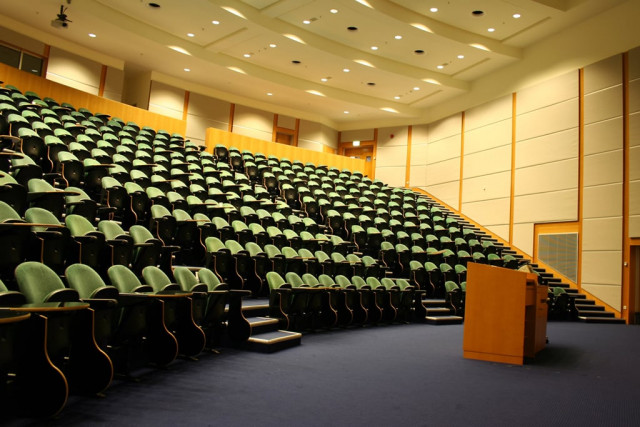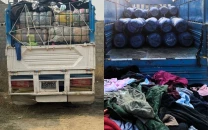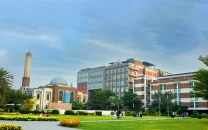We can’t build our way out of disasters any more: Prof. Jennifer Leaning
Says we must recognise that disasters are not disreputable occurrences, which is the old dominant discourse.

Says we must recognise that disasters are not disreputable occurrences, which is the old dominant discourse. PHOTO: FILE
That very same car will, however, be close to a breakdown, if in an emergency setting, it is propelled to reach 160 kilometres per hour in six seconds and sustain that speed over rough roads.
For Prof. Jennifer Leaning, the director at the Harvard University François-Xavier Bagnoud Center for Health and Human Rights, disasters pose a similar problem for societies. As an expert in public health and rights-based responses to humanitarian crises, she was invited as a guest lecturer on the first day of Karachi 2014: South Asian Cities Conference.
“Disasters put enormous stress on virtually every function of a society. Pick the day-to-day functioning of a society you know – daily life in Karachi or New York City - everything that is going on, and speed it up dramatically,” she said.
In this process, the structures, the functions as well as the values of a society are reflected as this exposes how much we value a particular locale versus another one, how much we privilege rural issues over urban issues, and how much we are willing to take and express for the very vulnerable.
“If you are not actually paying attention to these vulnerabilities and endeavouring to mitigate them in the context of disaster planning, then at the time of a disaster these are the people who are going to suffer the most,” she added.
“In this manner, disasters reflect the underlying structures, institutions, complexities and functioning of a regular society.”
What we need to be thinking about is that all of human life involves dealing with risk and responding to disasters and that we cannot have faith in progress and a technological fix the way the classic view of disaster says we can build our way out of it.
We actually must recognise that disasters are not disreputable occurrences, which is the old dominant discourse. They are not something that we can control through our planning, response and regulatory enterprise. They are actually with us as we are in Nature and Time.
We are going to learn to have to be flexible, to mould, to accommodate, to adapt – this is phase shifting, dynamism, this is throwing out the old paradigms.
And it is only going to work if the people in the institutions and leadership are aware of this aspect that disasters are a way of life, and the only way we are going to be able to salvage large populations and have viable time as a human community in the 21st Century is if we learn to adapt and accommodate to the fact that the natural environment is going to be much more challenging, harsh and severe on all populations living in every part of the planet – not the vulnerable and those who we think lack the capacity and resources to cope.



















COMMENTS
Comments are moderated and generally will be posted if they are on-topic and not abusive.
For more information, please see our Comments FAQ